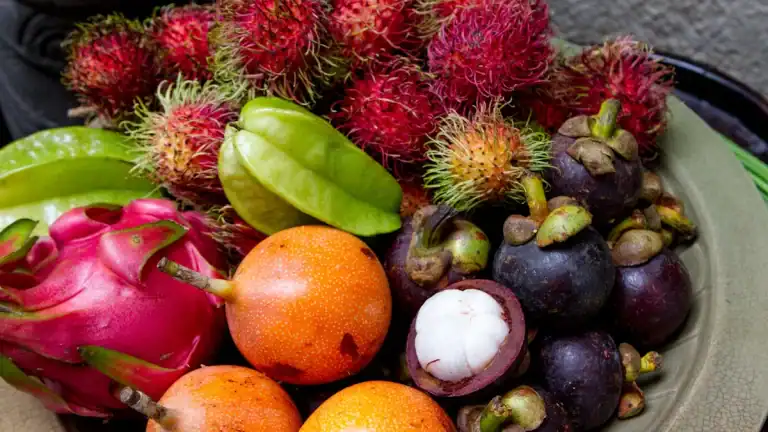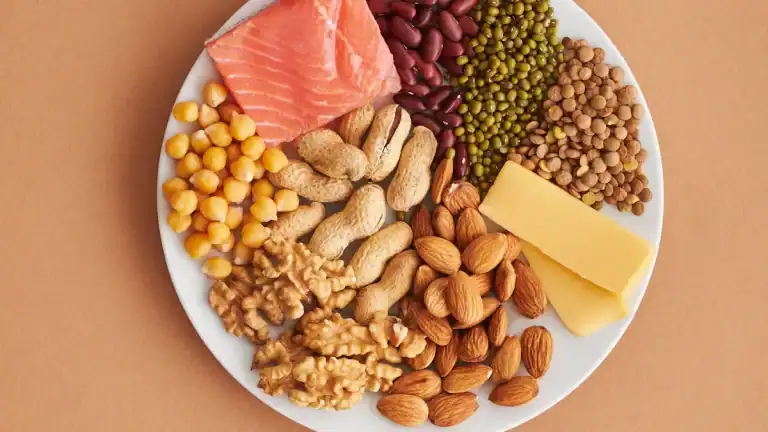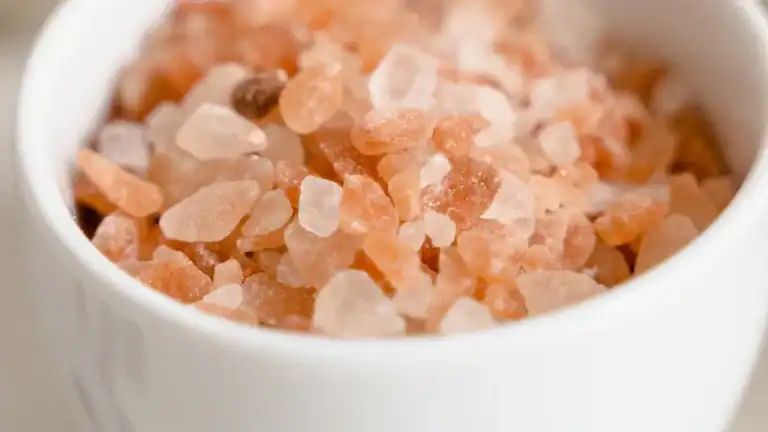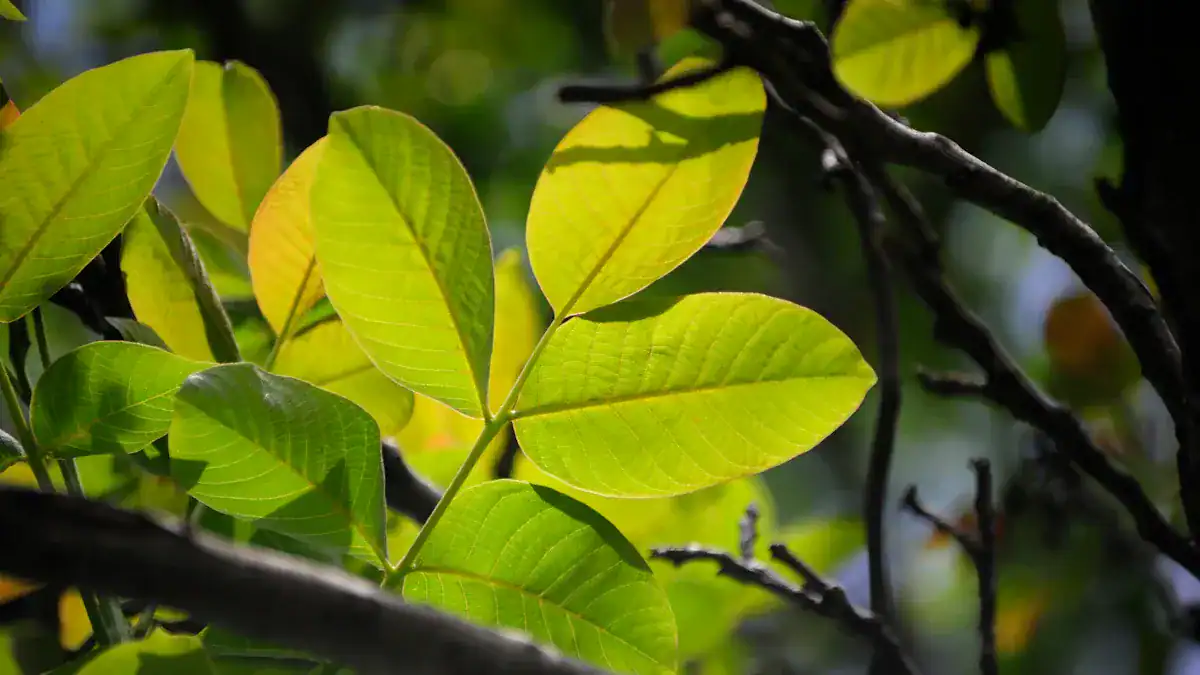
Hickory nuts are a truly delicious and edible treasure. They offer a unique, rich flavor. These special hickory nuts remain a hidden gem. Many overlook these incredible hickory nuts, but they provide significant nutritional benefits. Their versatile culinary applications are also noteworthy. Are you ready to discover the wild, buttery secret of the forest? This article explores their distinctive flavor profile. It also covers their impressive nutritional value and overall nutrition. Readers will learn how to enjoy these amazing hickory nuts in various culinary ways.
Key Takeaways
Hickory nuts are a special food. They taste sweet, smoky, and buttery. They are good for many recipes.
Hickory nuts are very healthy. They have good fats, protein, and fiber. They also have important vitamins and minerals.
You can use hickory nuts in many ways. They are good in cakes, pies, and savory dishes. You can also make butter or oil from them.
Finding hickory nuts is easy in the fall. Look for them under hickory trees. You can store them for a long time if you keep them cool and dry.
What Are Hickory Nuts
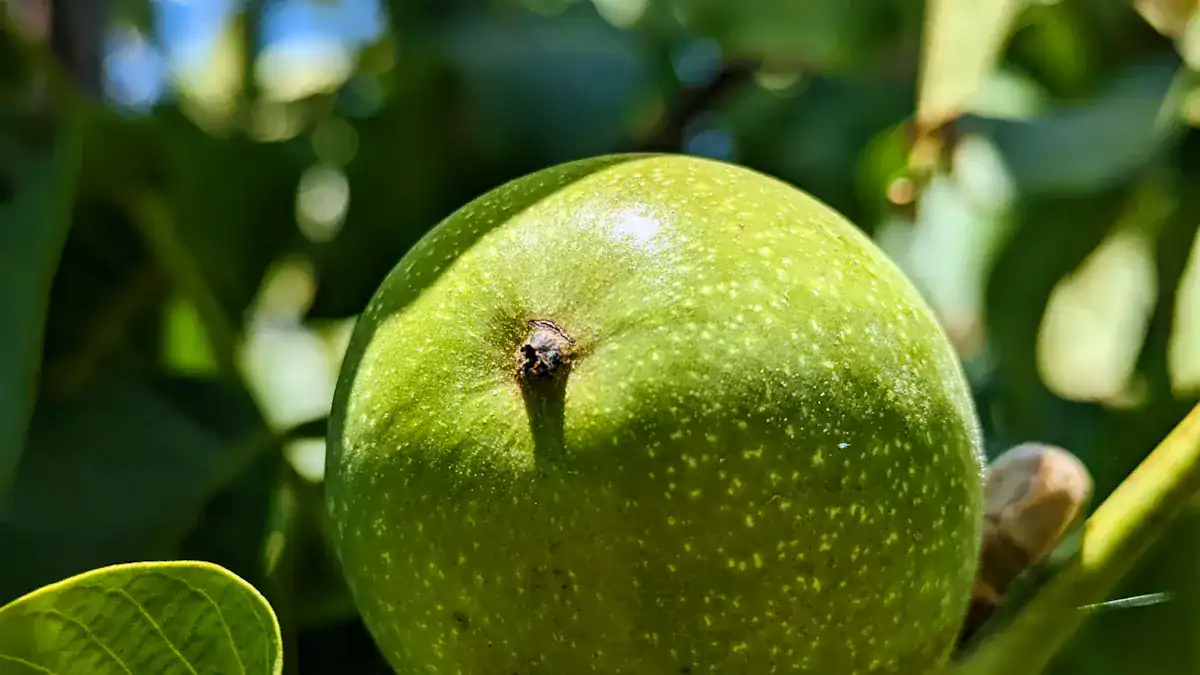
Origin and Characteristics
Hickory nuts come from trees belonging to the genus Carya. These trees are native to various parts of the world. Seven species of hickory are native to Southeast Asia, specifically in China, Indochina, and northeastern India (Assam). However, the majority, twelve species, are native to North America. For example, Shagbark hickory grows throughout most of the Eastern United States, extending from southeastern Nebraska to southern Maine, and southward to Georgia, Alabama, Mississippi, Louisiana, and eastern Texas. Mockernut hickory, another true hickory, grows from Massachusetts and New York, west to southern Ontario and Illinois, and south to eastern Texas and northern Florida. These trees produce hard-shelled nuts. The nuts are known for their rich, distinctive flavor.
Edible Hickory Nut Varieties
Not all hickory nuts are equally palatable. Some varieties are quite delicious, while others are bitter. Popular edible species include shagbark, shellbark, pignut, and mockernut hickories. Each produces unique nuts. Shagbark nuts are often described as delicious. However, some varieties, like the smooth bark (or pignut) hickory, can be quite bitter and are not ideal for direct consumption. Bitternut hickory, for instance, has a very bitter kernel. Pignut hickory nuts can be insipid or bitter. It is important to distinguish between these varieties.
Identifying Hickory Nuts
Hickory nuts have several key visual characteristics. They are typically round or oval, measuring about 1 to 2 inches. A hard, woody shell with a rough, grooved surface encloses them. The shell’s color ranges from light tan to dark brown, depending on the species. When fresh, the outer husk is green. This husk turns brown as it matures and eventually splits open to reveal the nut inside. Shagbark nuts have a light tan shell with shallow grooves. Shellbark nuts are larger with a thicker shell. Pignut nuts have a thinner shell and are smaller. Mockernut nuts have a dark brown shell and a more elongated shape. Hickory nuts possess a double shell. This includes a fibrous outer husk that peels away to expose the nutshell beneath. A key distinguishing feature is their partitioned inner nutshell, which resembles that of a walnut. This internal structure helps differentiate them from poisonous nuts like buckeye nuts, which have a different internal structure.
Hickory Nuts: Nutritional Benefits
Hickory nuts stand out as a true nutritional powerhouse. They provide sustained energy for the body. These nuts offer many health benefits. A 1-ounce (28g) serving contains approximately 200 calories. One hundred grams of hickory nuts provide about 657 kilocalories. They are packed with essential nutrients.
Vitamins and Minerals
Hickory nuts are rich in various vitamins and minerals. They contribute significantly to daily nutritional needs.
Vitamin | Quantity (per 100g) |
|---|---|
Vitamin B1 | 217% Daily Value |
Vitamin B2 | ~0.131mg |
Vitamin B3 | 17% Daily Value |
Vitamin B5 | 105% Daily Value |
Vitamin B6 | ~0.192mg |
Vitamin B12 | ~0µg |
Vitamin C | 6.7% Daily Value |
Vitamin D | ~0µg |
Vitamin E | 0% Daily Value |
Vitamin K | 0% Daily Value |
Folate | 30% Daily Value |
Vitamin A | 3µg (or 2.3% Daily Value) |
Hickory nuts contain a fair amount of vitamin B6. This vitamin enhances protein metabolism. They also provide a good amount of vitamin B-1. This aids the body’s metabolism process. Beyond vitamins, hickory nuts supply important minerals. These include magnesium, manganese, phosphorus, and zinc.
Healthy Fats and Protein
Hickory nuts are an excellent source of healthy fats. They contain omega-3 fatty acids. They also provide monounsaturated and polyunsaturated fats, along with omega-6 fatty acids. These fats are crucial for overall health. Hickory nuts are also a great source of protein. One hundred grams of hickory nuts can offer between 12.7 grams and 15 grams of protein. This makes them a valuable addition to any diet. They provide a comprehensive amino acid profile.
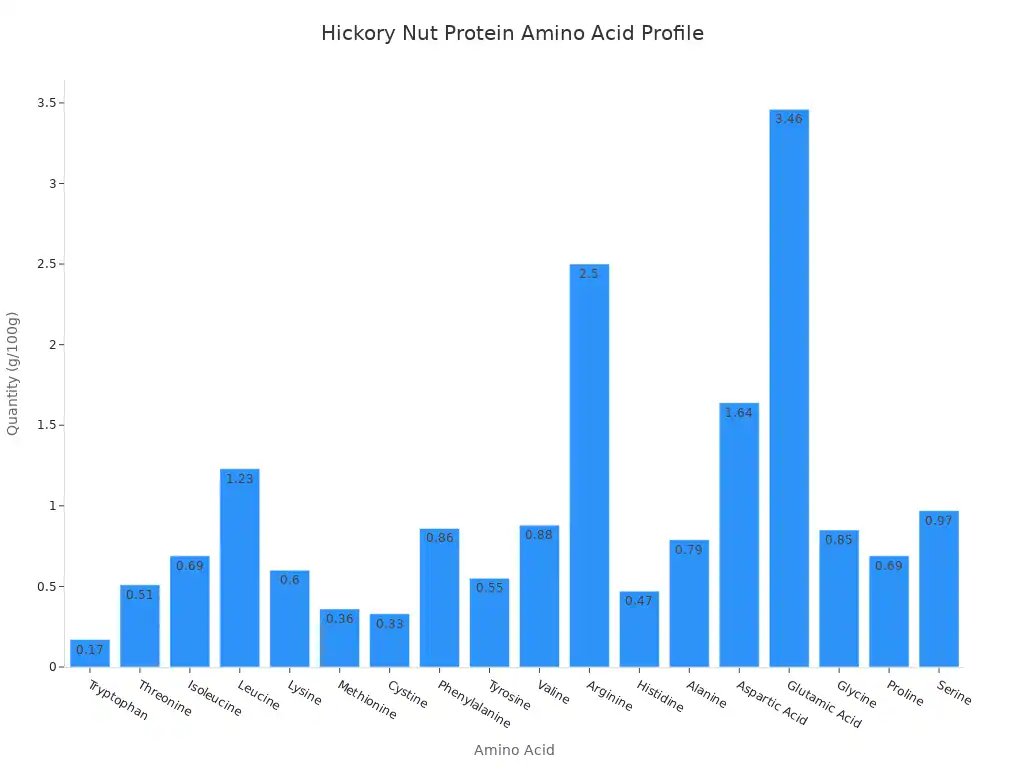
Fiber and Digestion
Hickory nuts also contribute to digestive health. They contain dietary fiber. A serving provides 0.2 grams of dietary fiber. This fiber is essential for maintaining a healthy digestive system. The combination of natural fiber and specific minerals promotes assimilation and gastrointestinal well-being. Eating hickory nuts can alleviate constipation. They encourage regular bowel movements. Their consumption can effectively reduce flatulence, cramping, and bloating. These nutritional benefits make hickory nuts a smart snack choice. They also boast a high antioxidant content. This further enhances their nutritional value.
Hickory Nut Flavor Profile
Unique Flavor Notes
Hickory nuts offer a truly unique taste sensation. They possess a rich, distinctive flavor. Many describe it as sweet, smoky, and buttery. This complex taste comes from various compounds. These include 1-Octanol, 2-Pentyl-furan, Hexanal, Acetylpyrazine, Benzophenone, and Octyl ester. Other important groups of compounds are esters, ketones, pyrazines, and phenols. These elements combine to create the signature nutty flavor of hickory nuts.
Flavor Comparisons
Hickory nuts stand apart from other common nuts. Pecan nuts have a naturally sweet, buttery flavor. This makes them ideal for desserts. Walnuts offer a more earthy and slightly bitter taste. They complement salads, savory dishes, and baked goods well. Many people prefer the flavor of Shellbark hickory nuts over pecans. Some even say Shellbark hickory is superior. This preference often comes from the taste, not just the ease of processing pecans.
Nut | Flavor Profile | Texture |
|---|---|---|
Pecans | Mild, buttery, slightly sweet | Soft, rich |
Walnuts | Bold, earthy, with a hint of bitterness | Slightly drier, more crumbly, yet soft |
Black Walnuts | Bold, earthy, intense | N/A (prized for flavor) |
Hickory nuts offer a richer, more intense nutty flavor than pecans. They also have a less bitter, more rounded taste than walnuts. Their earthy notes are balanced with a natural sweetness.
Factors Affecting Flavor
Preparation methods significantly impact the flavor of hickory nuts. Roasting hickory nuts enhances their nutty flavor. It is a crucial step. Roasting helps release their natural oils. This process significantly intensifies their flavor. Roasted hickory nuts gain a crunchy texture. Raw hickory nuts have a milder flavor and a softer texture. The heat brings out the deep, sweet and smoky notes. This makes them even more appealing.
Culinary Uses and Hickory Nut Recipes
Hickory nuts offer a world of culinary possibilities. Their rich, distinctive flavor enhances many dishes. People incorporate them into various foods, from desserts to savory meals. These versatile nuts provide a unique ingredient for many cooking adventures.
Sweet Recipes
Hickory nuts shine in sweet recipes. Their naturally sweet and buttery notes complement baked goods beautifully. Many classic recipes feature these delicious nuts. For example, people enjoy making Hickory Nut Cake. Elizabeth Gleason’s recipe for Hickory Nut Cake is a popular choice. Sarah Polk’s Hickory Nut Cake also provides a historical and delicious option. Grandma’s Hickory Nut Cake offers a comforting, traditional taste. You can also find recipes for Classic Hickory Nut Cake. Beyond cakes, Hickory Nut Pie is another beloved dessert. These recipes showcase the nuts’ ability to add depth and richness to sweet treats.
Savory Dishes
Hickory nuts also elevate savory dishes. Their earthy, nutty flavor pairs well with many main courses and sides. You can use them in unique recipes to add texture and taste. Consider making Wild Rice Cooked in Hickory Nut Milk. This dish offers a creamy, flavorful side. Japanese-Style Violet Greens Salad (Gomae) gains a new dimension with hickory nuts. Spinaci alla Romana (Roman Greens with Raisins and Pine Nuts) can substitute pine nuts with hickory nuts for an interesting twist. Glazed Sunchokes become even more special with their addition. Squash Agnolotti with Cream and Balsamic Vinegar also benefits from the nuts’ presence. A Fennel-Celery Root Salad with Acorn Oil can feature hickory nuts for extra crunch. For a quick snack, try a Black Pepper Hickory Snack Mix. Hickory Nut Tortellini Soup provides a hearty and flavorful meal. These culinary applications demonstrate the nuts’ versatility in savory cooking.
Hickory Nut Butter and Oil
Hickory nuts also produce excellent butter and oil. Hickory nut butter offers a creamy spread with a concentrated nutty flavor. You can use it on toast, in smoothies, or as an ingredient in various recipes. Hickory nut oil is a prized product. It works wonderfully in salad dressings. People also use it for general cooking, especially in low-to-medium heat applications. This oil can be an ingredient in sophisticated dishes, such as halibut with white bean puree. Chefs even use it in desserts, creating items like ‘hickory nut oil silk’. The oil provides a delicate, sweet and smoky essence to food.
Creative Recipes
The culinary world continually finds new ways to use hickory nuts. Their unique flavor makes them perfect for innovative recipes. Many unique recipes exist for these special nuts. You can find a Bourbon-Sorghum Hickory Nut Tart. Hickory Nut Ambrosia offers a refreshing dessert. People bake Hickory Nut Bread and create Hickory Nut Brittle. Hickory Nut Cola Cake and Hickory Nut Cookies with Maple Cream Icing are also popular. Other sweet treats include Hickory Nut Creams, Hickory Nut Custard Cake, and Hickory Nut Macaroons. For savory options, try Hirshon Ojibwe-style Venison Stew. Shredded Brussels Sprouts with Maple Hickory Nuts make a fantastic side dish. Traditional Hickory Nut Milk is a wholesome beverage. Wild Hickory Nut Shortbread Cookies and Wild Rice with Hickory Nuts & Lemon Thyme are also excellent choices. You can also incorporate hickory nuts into savory dishes like salads or sauces for a unique, earthy taste. Adding chopped hickory nuts to cookies, muffins, or bread provides crunch and an earthy vibe. Swapping out regular nuts in recipes with hickory nuts changes the flavor profile. Whipping up hickory nut pesto by blending them with basil, garlic, and olive oil creates a unique condiment. Tossing toasted hickory nuts over a roasted veggie salad adds crunch and depth. Infusing sauces with hickory nuts spices up grilled meats or pasta dishes. Eating hickory nuts in these diverse ways truly expands your culinary horizons.
Harvesting Hickory Nuts and Preparation
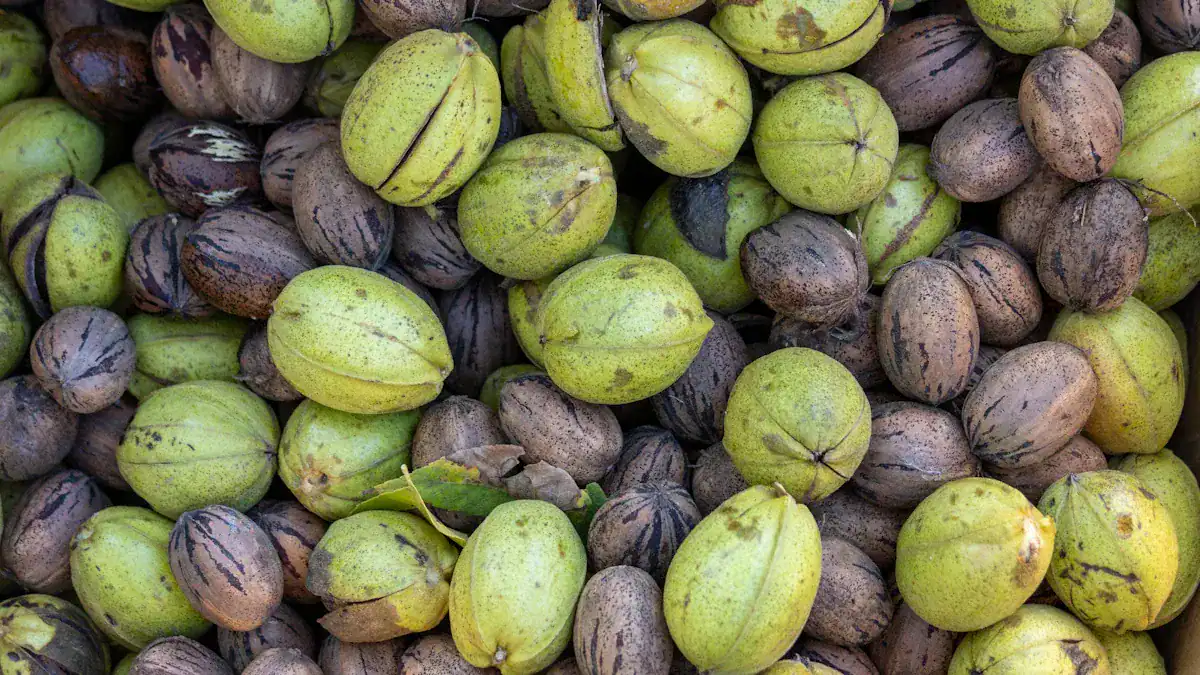
This section guides readers from the tree to the table. It covers practical aspects of finding and preparing hickory nuts.
Finding Hickory Nuts
Finding hickory nuts requires knowing where and when to look. Ripened hickory nuts typically begin dropping in early October. Foraging can continue throughout October and into November. Hickory trees often produce the most nuts every third year. This follows a natural masting cycle. Optimal locations for foraging include the edges of woods. Trees there receive more sunlight. Squirrels are also less likely to take nuts due to predator exposure. Logged areas are also good. Increased sun exposure leads to more energy for the tree and thus more nuts. Open spaces generally offer better sun exposure. Yards of friends or relatives are ideal due to accessibility and sun exposure. The ideal harvesting season is mid-to-late September through October. A potential start a month later occurs in southern regions.
Harvesting Techniques
Collecting hickory nuts involves a few simple steps. Use heavy-duty bins or specialized harvesters like the Bag-A-Nut for gathering nuts. After collection, allow hickory nuts to dry in a shaded location for a few days. Hickory nut husks are typically easy to open. For a quality check, submerge collected nuts in water. Discard any that float. Floating indicates spoilage or poor quality. Dry the good nuts in direct sunlight for several days. They can be used immediately or stored in a well-ventilated area for about a month.
Storing Hickory Nuts
Proper storage maximizes the shelf life of hickory nuts. Storing them in a container, such as a cardboard box, at 35°F (1°C) can keep them fresh for about 24 months. Dried nuts, kept in a cool, dry place out of direct sunlight, last at least one month with good ventilation. Freezing can preserve them for months. For Bitternut hickory, storing them in the husk, air-dried in a single layer indoors at room temperature, keeps them in very good shape for three months. Refrigerating Bitternut hickory in a mesh bag with the husk on also works well. The husk darkens and dries, making it easy to peel, and the nut meat remains good. Mockernut hickory, with husks removed and air-dried indoors at room temperature, often stays yummy. Roasted hickory nuts should not be consumed if they are older than 21 days.
Cracking Hickory Nuts
Cracking hickory nuts can be challenging due to their hard shells. Several tools prove effective. Lehman’s Hardware Nutcracker is a good nutcracker that works great. A vise is often considered the best tool for a controlled break. It allows cracking nuts end-to-end or along the longest side. This often yields larger pieces, even full halves. A hammer and anvil is a traditional method. Grandmothers used this for cracking black walnuts and hickory nuts, especially with an anvil that had a slight depression. Lever crackers are also effective. They are adjustable to prevent mashing and are durable, suggesting their potential for hickory nuts. Preparing these nuts for cooking or snacking becomes easier with the right tools.
Hickory nuts offer exceptional flavor, impressive nutritional benefits, and culinary versatility. These unique nuts provide great nutrition. Readers should seek out and experiment with hickory nuts, whether foraging or purchasing this delicious food. They are a sustainable, natural food source that connects people to nature. Their distinctive flavor enhances many recipes. Hickory nuts are a valuable food. Share your own hickory nut recipes or experiences with this amazing food.
FAQ
What are the main nutritional benefits of eating hickory nuts?
Hickory nuts offer significant nutritional benefits. They provide a good source of protein, healthy fats, and fiber. These nuts also contain essential vitamins and minerals. Their high antioxidant content contributes to overall health benefits. Eating hickory nuts supports sustained energy and good digestion. This food offers great nutritional value.
What does a hickory nut taste like?
Hickory nuts have a distinctive flavor. Many describe their flavor profile as sweet, smoky, and buttery. They offer a rich, nutty flavor. Some compare their taste to pecans but with more intensity. The earthy notes balance a natural sweetness. This unique flavor makes them stand out.
What are some common culinary applications for hickory nuts?
Hickory nuts have many culinary applications. People use them in both sweet and savory dishes. They are a great ingredient for hickory nut recipes like hickory nut cake or pies. You can also make nut butter. Their unique recipes enhance various cooking endeavors. They add a special touch to any meal.
What is the best way to prepare hickory nuts for eating?
Preparing hickory nuts often involves roasting. Roasting hickory nuts enhances their nutty flavor and creates a crunchy snack. You can also enjoy them raw. Many people crack the hard shells to extract the delicious nut meat. This process makes them ready for cooking or direct consumption.


